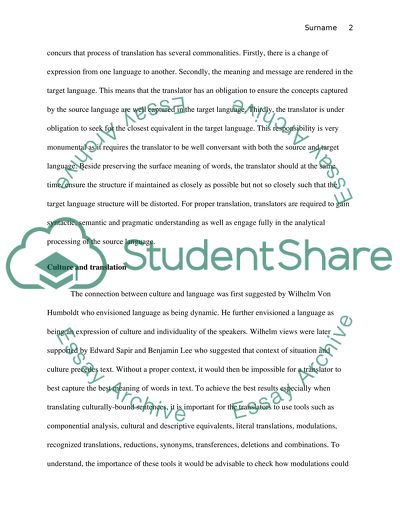Cite this document
(“Think: what cultural aspects have an impact on translation / Essay”, n.d.)
Think: what cultural aspects have an impact on translation / Essay. Retrieved from https://studentshare.org/english/1498674-think-what-cultural-aspects-have-an-impact-on
Think: what cultural aspects have an impact on translation / Essay. Retrieved from https://studentshare.org/english/1498674-think-what-cultural-aspects-have-an-impact-on
(Think: What Cultural Aspects Have an Impact on Translation / Essay)
Think: What Cultural Aspects Have an Impact on Translation / Essay. https://studentshare.org/english/1498674-think-what-cultural-aspects-have-an-impact-on.
Think: What Cultural Aspects Have an Impact on Translation / Essay. https://studentshare.org/english/1498674-think-what-cultural-aspects-have-an-impact-on.
“Think: What Cultural Aspects Have an Impact on Translation / Essay”, n.d. https://studentshare.org/english/1498674-think-what-cultural-aspects-have-an-impact-on.


